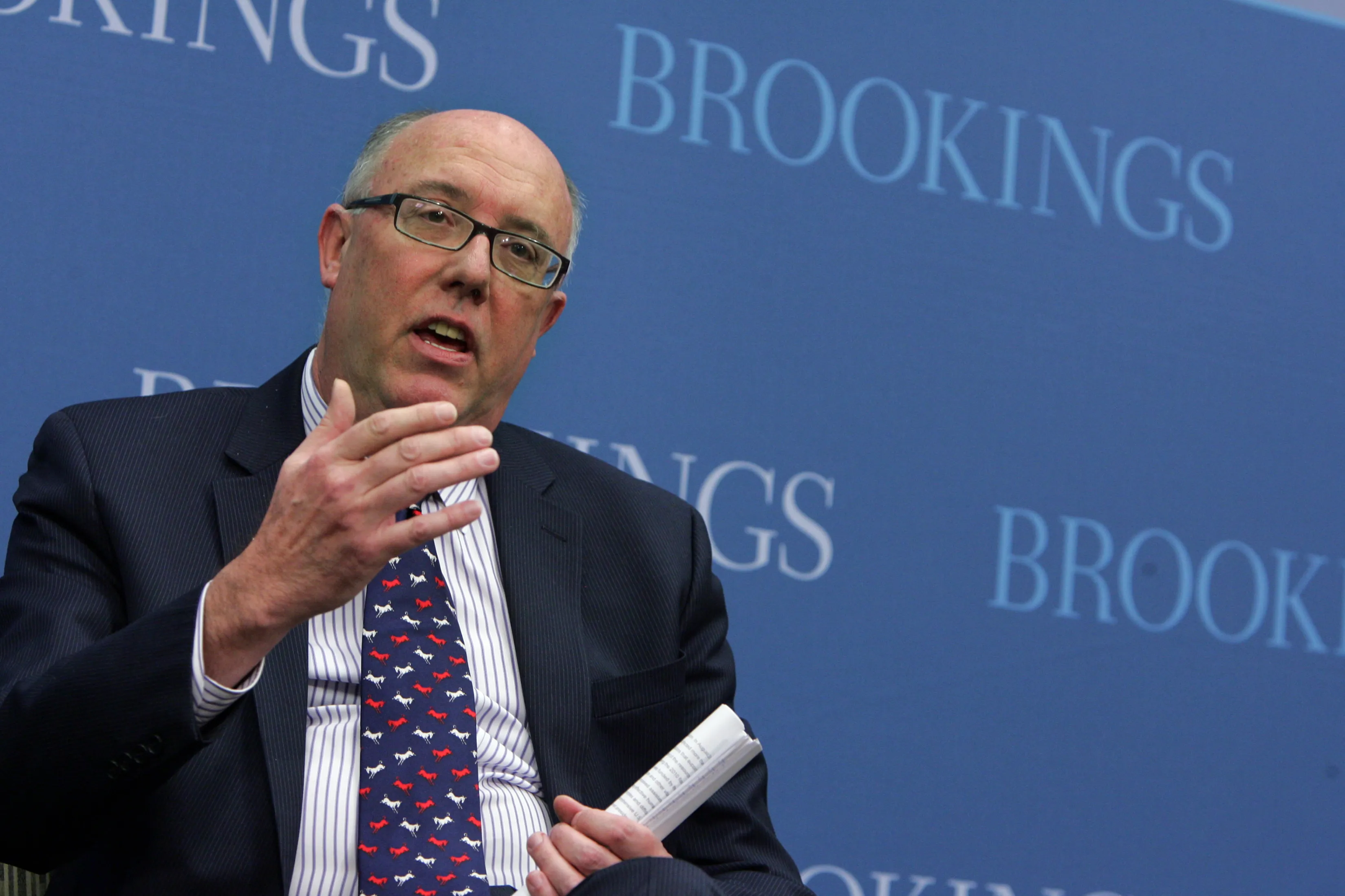By RUKMINI CALLIMACH
 For 17 months, terrorist operatives guided the recruit, a young engineer named Mohammed Ibrahim Yazdani, through every step of what they planned to be the Islamic State’s first strike on Indian soil.
For 17 months, terrorist operatives guided the recruit, a young engineer named Mohammed Ibrahim Yazdani, through every step of what they planned to be the Islamic State’s first strike on Indian soil.
HYDERABAD, India — When the Islamic State identified a promising young recruit willing to carry out an attack in one of India’s major tech hubs, the group made sure to arrange everything down to the bullets he needed to kill victims.
 For 17 months, terrorist operatives guided the recruit, a young engineer named Mohammed Ibrahim Yazdani, through every step of what they planned to be the Islamic State’s first strike on Indian soil.
For 17 months, terrorist operatives guided the recruit, a young engineer named Mohammed Ibrahim Yazdani, through every step of what they planned to be the Islamic State’s first strike on Indian soil.
Mohammed Ibrahim Yazdani, left, and his younger brother Ilyas, whom he recruited to participate in the Hyderabad plot.
They vetted each new member of the cell as Mr. Yazdani recruited helpers. They taught him how to pledge allegiance to the terrorist group and securely send the statement.
And from Syria, investigators believe, the group’s virtual plotters organized for the delivery of weapons as well as the precursor chemicals used to make explosives, directing the Indian men to hidden pickup spots.
Until just moments before the arrest of the Indian cell, here last June, the Islamic State’s cyberplanners kept in near-constant touch with the men, according to the interrogation records of three of the eight suspects obtained by The New York Times.
As officials around the world have faced a confusing barrage of attacks dedicated to the Islamic State, cases like Mr. Yazdani’s offer troubling examples of what counterterrorism experts are calling enabled or remote-controlled attacks: violence conceived and guided by operatives in areas controlled by the Islamic State whose only connection to the would-be attacker is the internet.
















